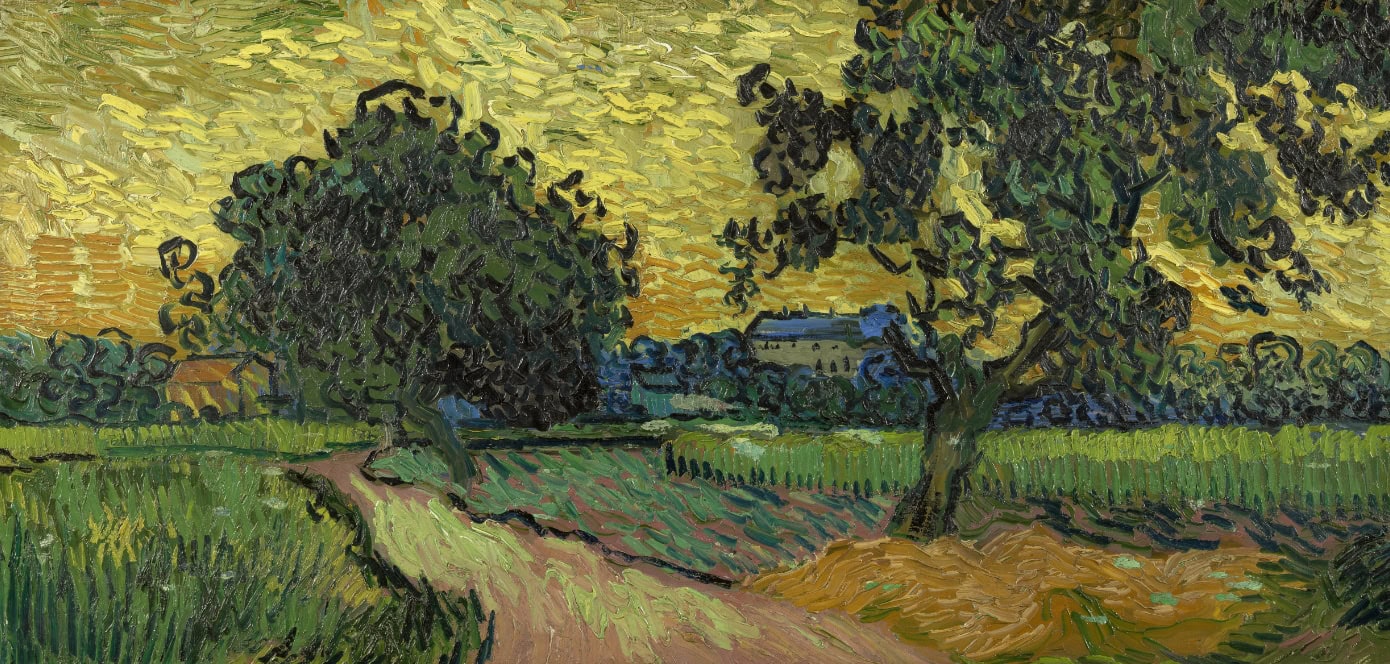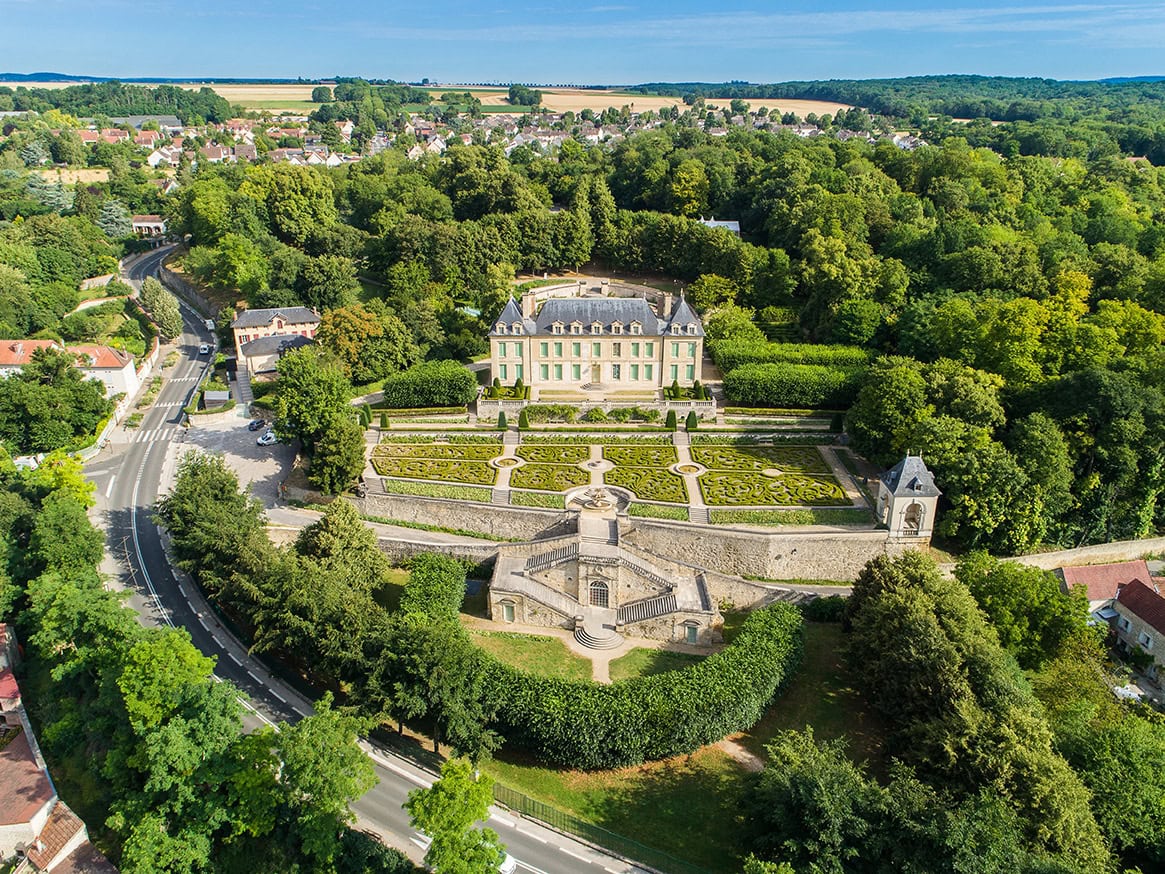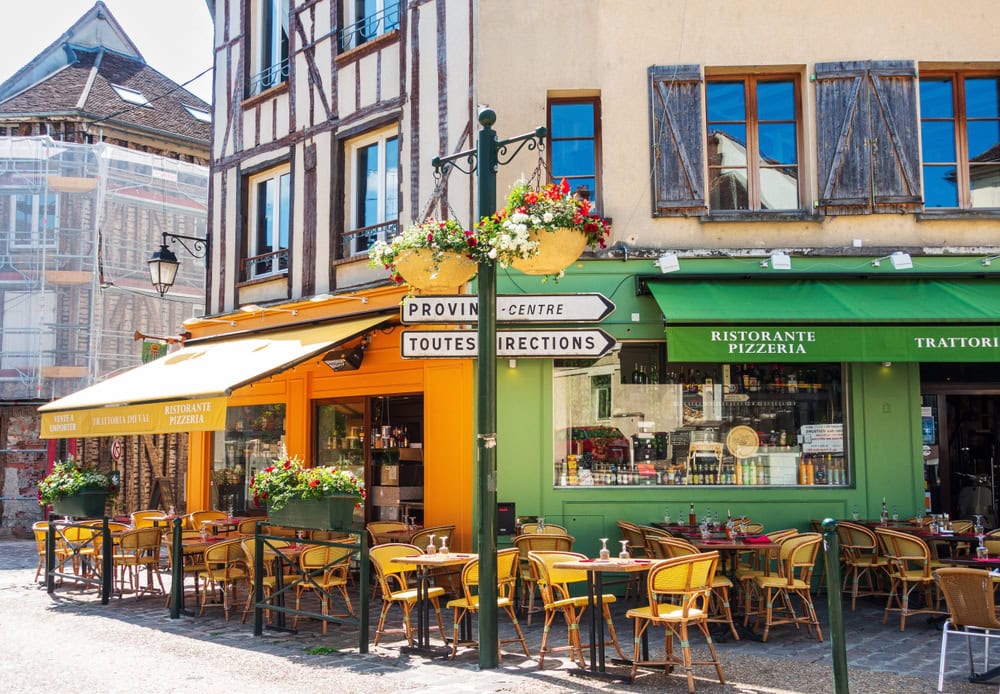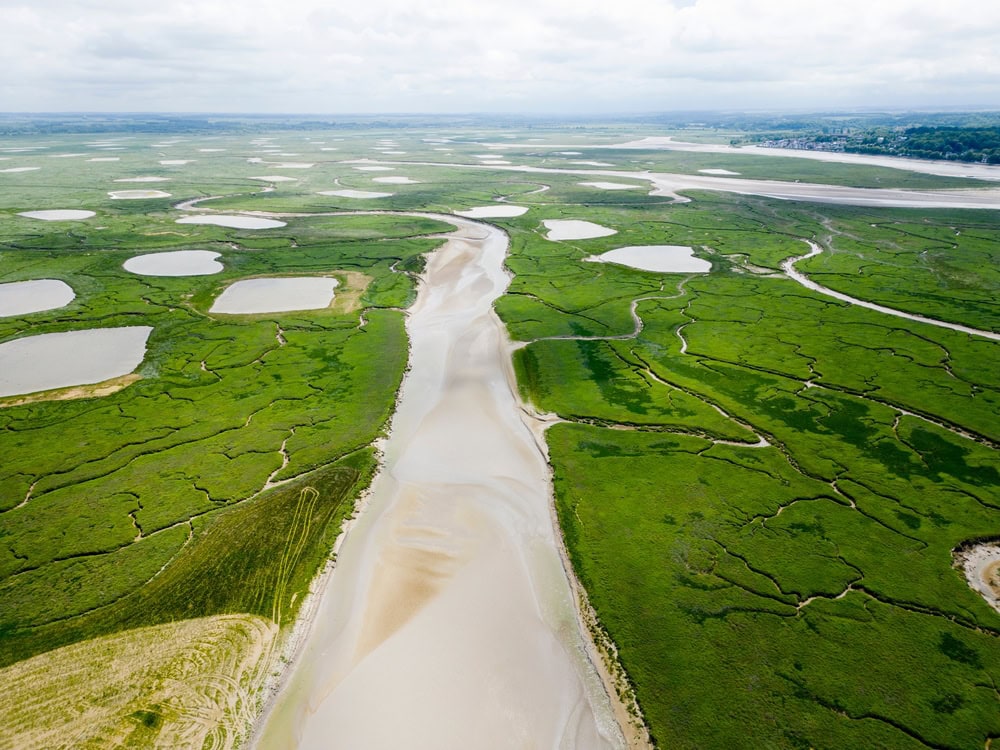
26 June 2025
Aisne: The Art of Living in Hauts-de-France
In Aisne, nature, local produce, and heritage come together to offer a taste of authentic France, far from the beaten track.
Cover photo: Cliff in the Bay of Somme © Shutterstock /Wilfried Photo
Often overshadowed by its more high-profile neighbours like Pas-de-Calais, Aisne is nonetheless a region full of unexpected riches. Nestled in the southern part of Hauts-de-France, this département combines a gentle way of life with rich historical heritage and bucolic landscapes. Here, there’s no mass tourism or overdone façades, Aisne offers an authentic, sincere France that takes its time and invites you to do the same.
A vibrant and generous campaign
As you leave the main roads behind, Aisne reveals its rolling valleys, hedgerows, and small villages, nestled like pearls on a green carpet. Samoussy, Vervins, Septmonts, Rozoy-sur-Serre, each has its own unique atmosphere, often marked by a bell tower, a market hall, or a cosy bistro. The Aisne countryside moves to the rhythm of the seasons, local markets, and village festivals. Its inhabitants preserve a simple, welcoming art of living rooted in closeness, conviviality, and local produce.
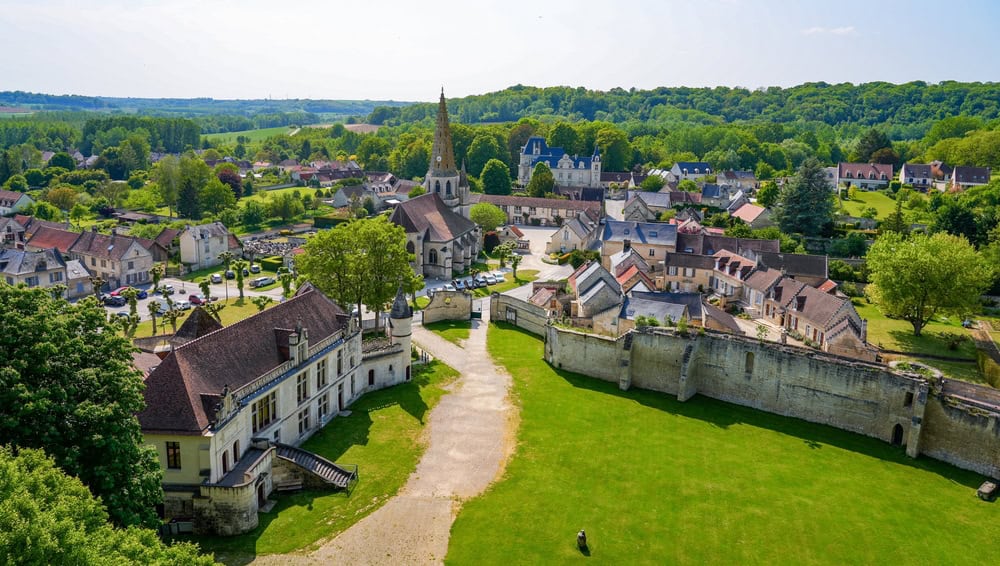
Take the time to chat with a market gardener in the market square, taste apple juice pressed the day before, or buy bread made with natural yeast, simple gestures that reconnect you with the essentials. Teritoria’s advice: slow down, taste, observe. Aisne isn’t a place you just pass through, it’s a place to experience.
The Aisne, the hidden land of champagne
Few people know it, but around 10% of the champagne produced each year in France comes from the Aisne. In the south of the département, around Trélou-sur-Marne, vineyards stretch in gentle curves along the slopes of the Marne Valley. Family-run producers like Mme Fleury-Gille and Météyer Père & Fils continue to practise their precise craft, often passed down through generations.
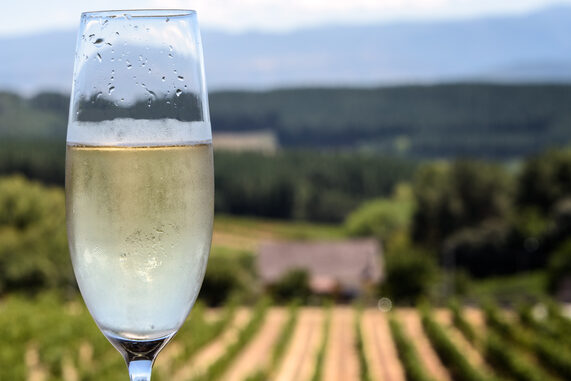
Champagne from the Aisne stands out for its balance: lesser-known cuvées are often more expressive, with a focus on soil cultivation and traditional winemaking methods. Visiting a cellar here is like stepping into a world where people speak of climate, patience, and hand-picked grapes.
Maroilles, a cheese with character
Another flagship product of the Aisne is Maroilles cheese. At the Fontaine Orion farm, in the bocage landscape of Thiérache, Aurélie Halleux-Labroche opens the doors to her vaulted cellars. Here, the cheese matures slowly in constant humidity, under the watchful eye of the cheesemaker.
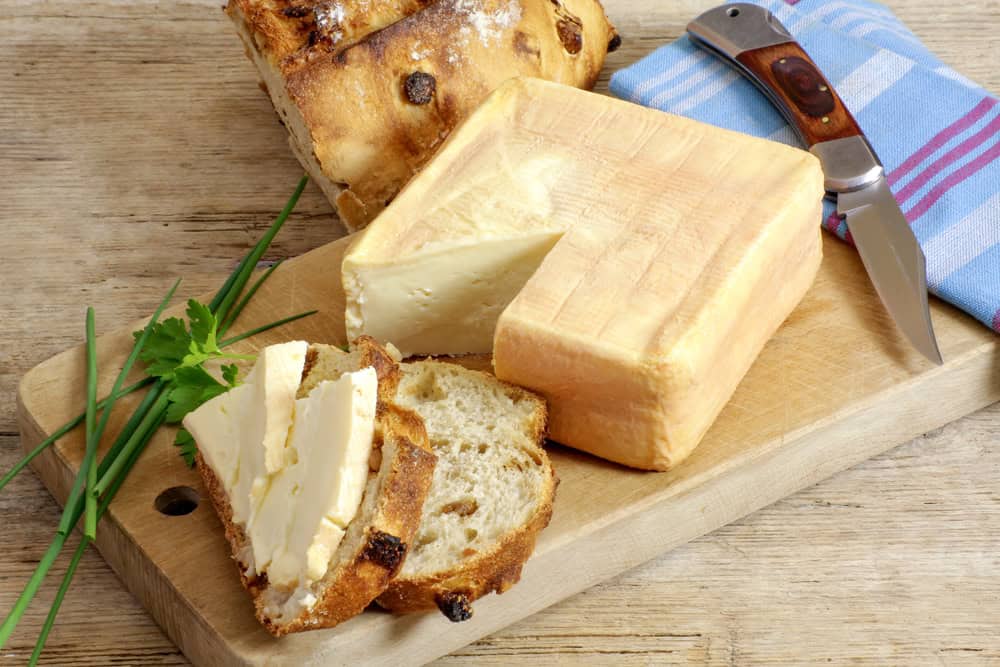
Maroilles isn’t just a strong-smelling cheese, it’s an expression of terroir, shaped by wet meadows, local dairy cows, and ancestral techniques. Enjoy it with rustic bread and a craft beer from the region.
Explore nature differently: a walk in a bacôve in Saint-Quentin
In Saint-Quentin, the Isle marshes offer an unexpected breath of fresh air in the heart of the city. Explore them in a bacôve, a traditional flat-bottomed boat, gliding between reeds, ducks, and water lilies. It’s a gentle, poetic way to discover this protected wetland.
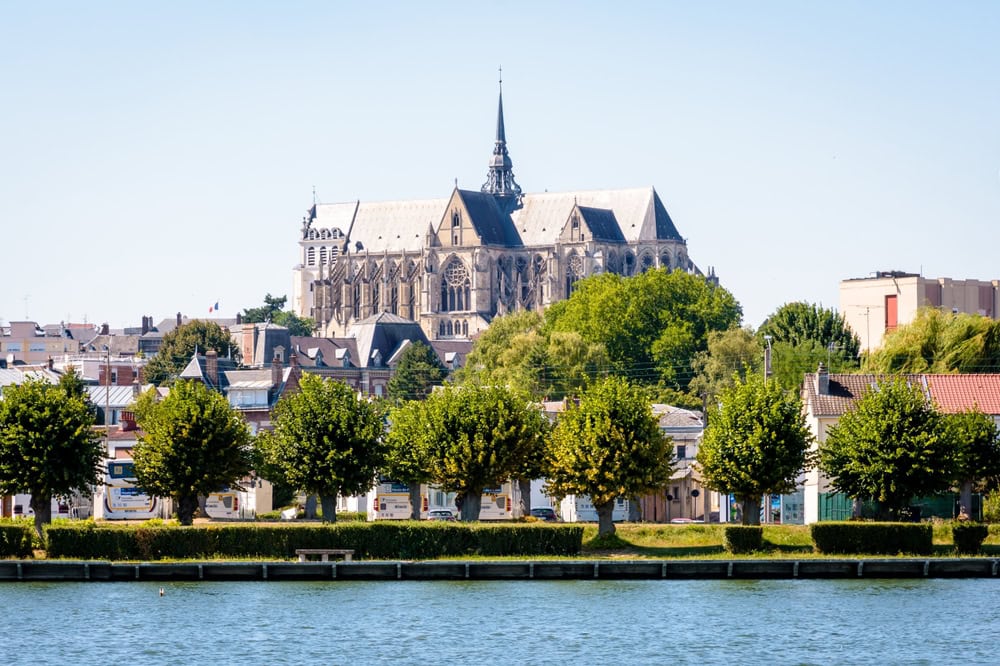
The city itself surprises visitors with its cheerful atmosphere: Art Deco façades, a covered market, an impressive basilica, and flowers everywhere make it a bright, welcoming place, far from the clichés of northern industrial cities.
Breathtaking landscapes in the Aisne
Even without direct access to the sea, Aisne is an excellent location for exploring the great natural wonders of the Hauts-de-France region. The Baie de Somme, less than a two-hour drive away, is one of Europe’s most unique ecosystems. A boat trip to observe seals offers a mix of wonder and discovery, provided you respect the distances and the local wildlife.
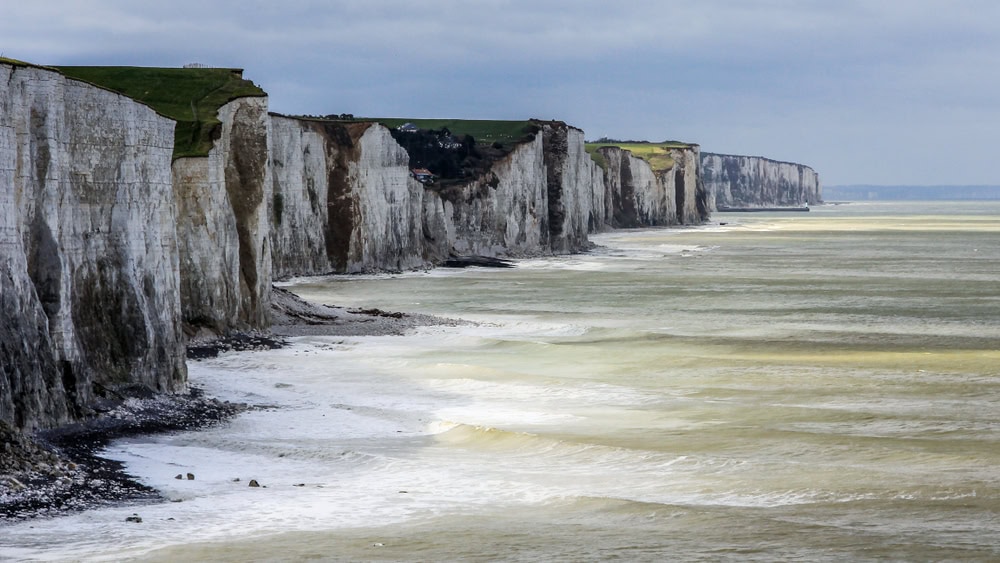
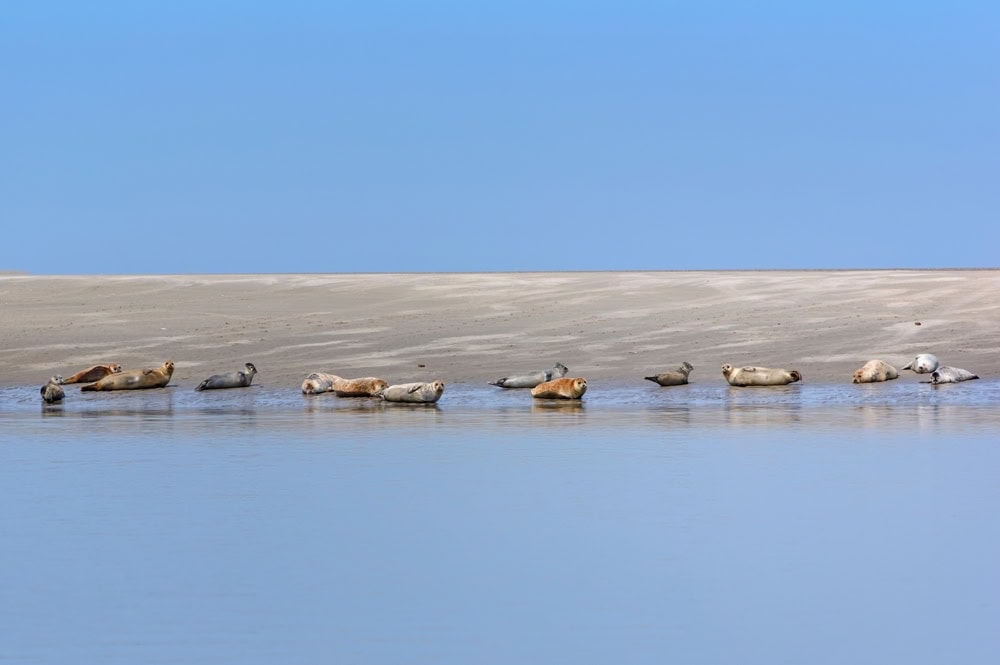
To the north, the cliffs of Cap Blanc-Nez, near Escalles, offer spectacular views of the English Channel, and on clear days, you can see all the way to the English coast. For fans of slow tourism, the regional nature parks and the Baie de Somme coastline are accessible by bike from Aisne. Cycling and nature trails, forest paths, and greenways dotted with gourmet stops, here, life moves at a different pace. The region also boasts remarkable historical and architectural heritage.
Laon, a medieval town steeped in secrets
Former capital of the Carolingian kingdom and today the capital of the Aisne département, Laon is a hilltop town well worth a visit. Its 8 km of ramparts, cobbled streets, and above all, its majestic Gothic cathedral offer a vivid glimpse into medieval history. With more than 80 listed or registered monuments, it holds a record for a town of its size.
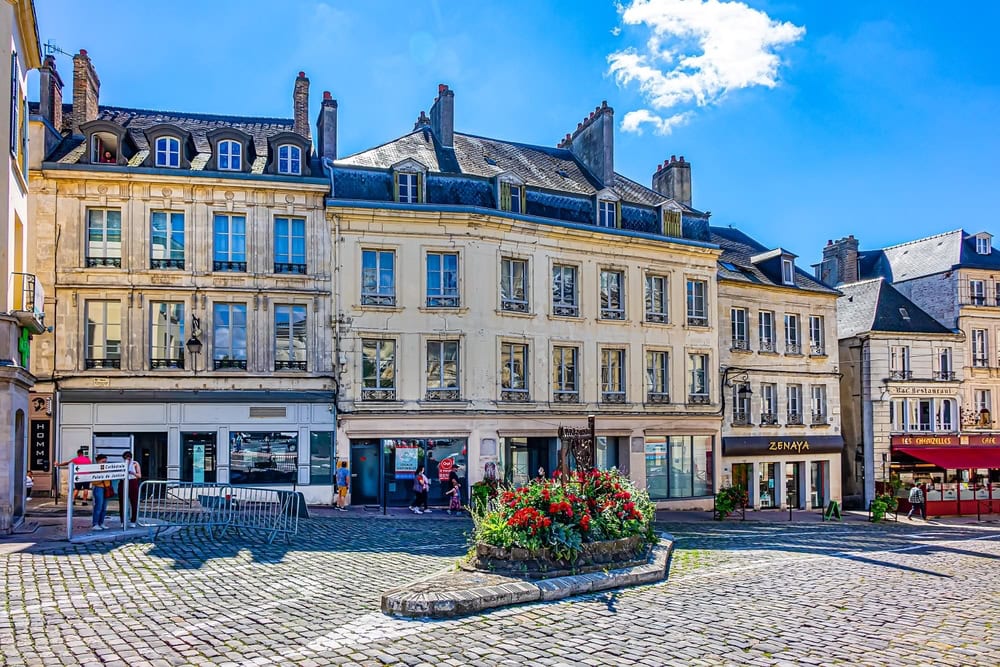
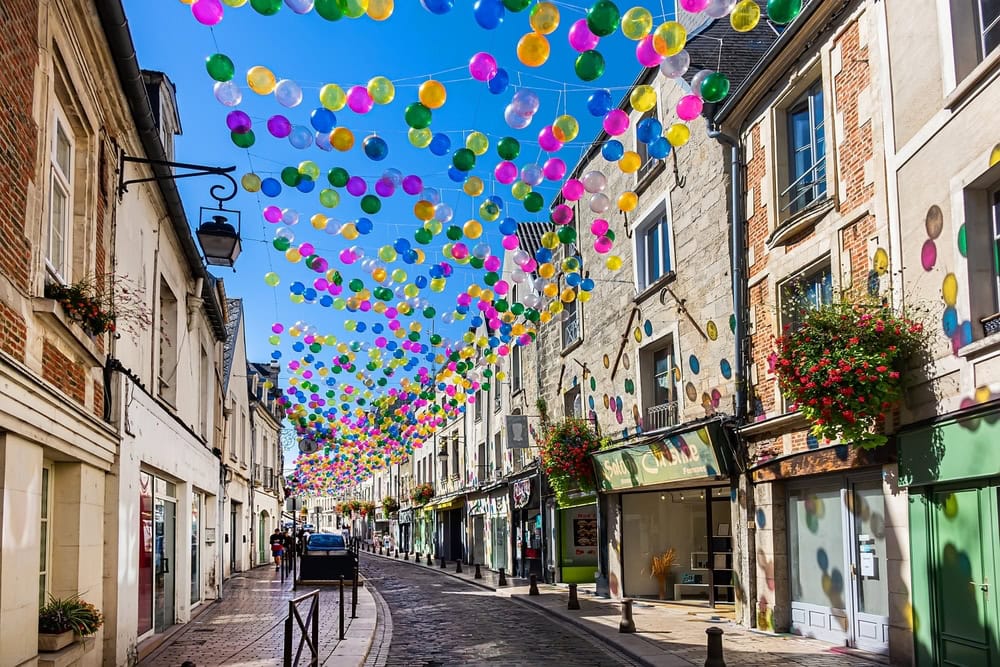
Aisne is also a land of stone and memory. Saint-Michel Abbey, Coucy Castle, and the fortresses of Thiérache bear witness to centuries of conflict, invasion, and resistance. The fortified churches, particularly numerous in Thiérache, are unique in France. Built between the 16th and 17th centuries, they served as both places of worship and refuges for the local population in times of attack.
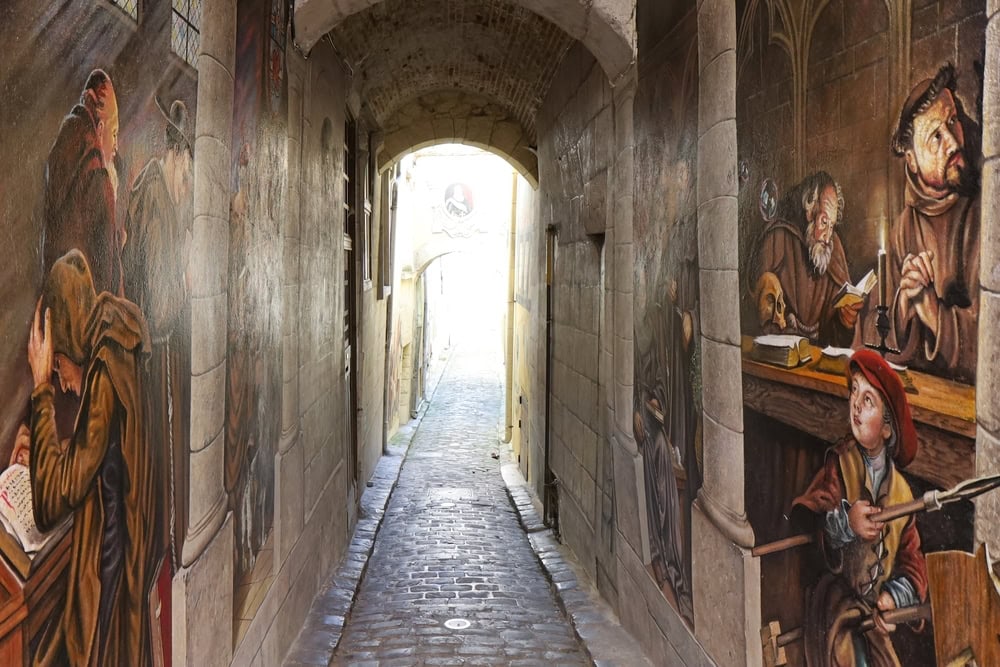
Their massive architecture, with watchtowers and arrow slits, both intrigues and impresses, but what sets them apart is the art that adorns their façades.
Spotlight on the French Language
In Villers-Cotterêts, the Château François I is being reborn as the Cité Internationale de la Langue Française (International Centre for the French Language). A place of memory and transmission, it pays tribute to the French language, its authors, its history, and its contemporary diversity. Audiovisual displays, interactive exhibitions, and original works make it a major cultural destination.
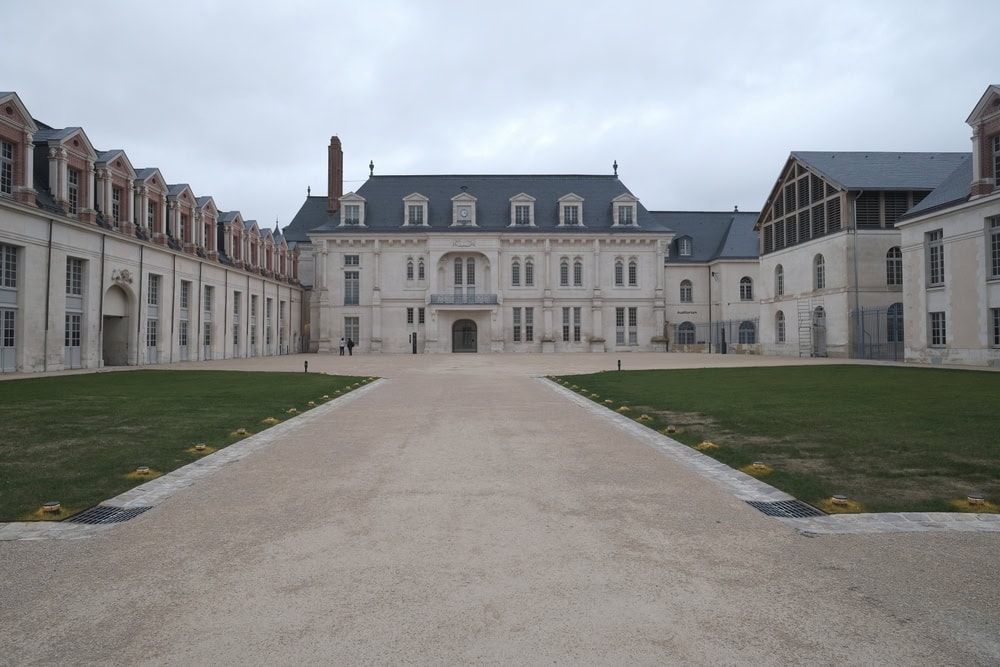
To finish in style, just beyond the borders of Aisne, but perfectly complementary: Saint-Valery-sur-Somme, a medieval town on the edge of the bay. Cobbled streets, half-timbered houses, ever-changing light… an almost literary atmosphere, perfect for ending this journey through nature, history, and the art of living.
Want to prolong the experience? Subscribe to our newsletter to receive monthly getaway ideas in France and Italy. Discover our loyalty programme, along with gift boxes and cards, ideal for sharing a little piece of Aisne, or elsewhere, with your loved ones.
By Émilie FALLOT NGUYEN
